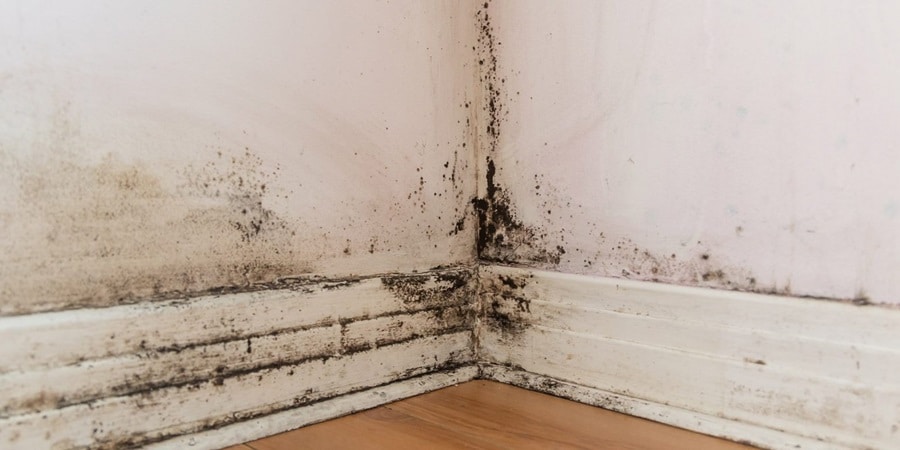Your home is a sanctuary, a place where comfort and safety should be paramount. Yet, often hidden beneath this sense of security are hazards you didn’t know existed. These overlooked risks can compromise the health and well-being of residents. From the air you breathe to the floors you walk on, potential dangers lurk in the most unexpected places. This article sheds light on these hidden hazards and provides practical advice on how to identify and mitigate them, ensuring your home remains the safe haven it’s meant to be.
Indoor Air Quality
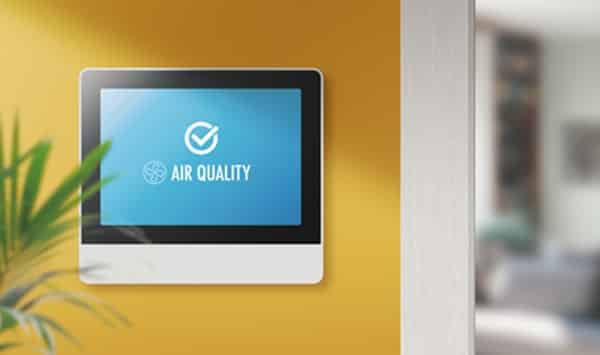
Indoor air quality is a crucial aspect of a healthy home environment, yet it is frequently neglected. Common household activities like cooking, cleaning, and even decorating can degrade the air quality within the walls of a home. Pollutants such as mold spores, pet dander, and volatile organic compounds (VOCs) from paints and cleaning products can accumulate, posing health risks. Prolonged exposure to these contaminants can lead to respiratory problems, allergies, and other health issues.
Improving indoor air quality involves a combination of proactive measures and lifestyle changes. Regular cleaning and vacuuming can reduce the accumulation of dust and allergens. Ensuring adequate ventilation, especially in areas like kitchens and bathrooms, is vital in mitigating moisture and reducing mold growth. Additionally, opting for air purifiers and natural cleaning products can significantly diminish the presence of harmful chemicals in the air.
Chemicals In Cleaning Products
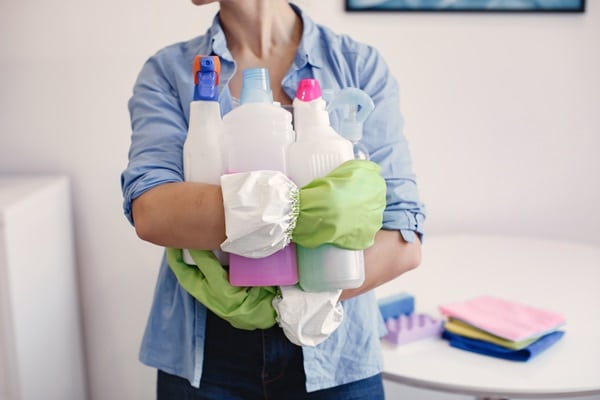
The quest for a spotless home can inadvertently expose residents to hazardous chemicals found in many cleaning products. These products often contain substances like ammonia and bleach, which can cause skin irritation, respiratory problems, and other health issues. And unfortunately, frequent use of these chemicals, especially in poorly ventilated spaces, can lead to a buildup of toxic fumes.
Awareness is the first step in reducing the risks associated with household cleaners. Reading labels and understanding the implications of the chemicals used is essential. Opting for natural cleaning solutions, such as vinegar, baking soda, and lemon juice, can be effective alternatives. These natural options not only minimize exposure to harmful chemicals but also are environmentally friendly.
Hidden Mold And Dampness
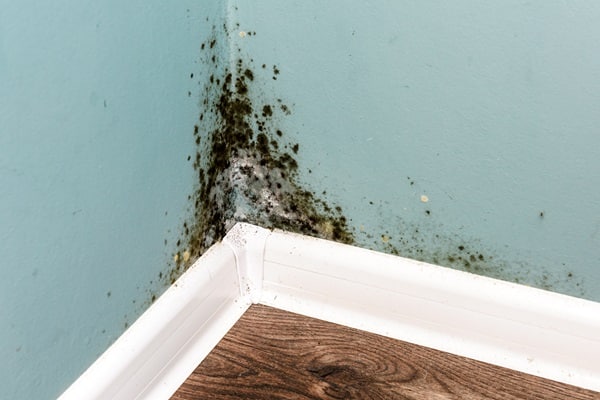
Mold and dampness in homes often go unnoticed until they become significant problems. Bathrooms, basements, and areas around windows are common breeding grounds for mold. Not only does mold damage household surfaces, but it also poses serious health risks, particularly to those with allergies or asthma. The spores released by mold can cause respiratory issues and worsen existing health conditions.
Preventing mold growth is key to maintaining a healthy home environment. Regular inspections of potential problem areas, effective moisture control, and prompt repairs of leaks are essential steps. In cases where mold is already present, it’s crucial to address the issue immediately. Professional mold remediation may be necessary for severe cases, but for smaller areas, a thorough cleaning with appropriate mold-killing solutions can be effective.
Electrical Hazards
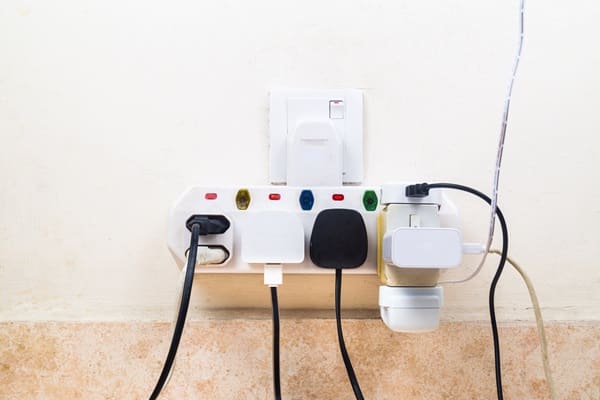
Electrical hazards are often overlooked in the daily routine of home life. Outdated wiring, overloaded power outlets, and faulty electrical appliances can pose significant risks, including electrical fires. Warning signs like flickering lights, frequently tripped breakers, and unusual buzzing sounds from outlets should not be ignored. Furthermore, signs like warm or hot outlets, exposed wires, and visible damage to electrical cords should prompt immediate repairs.
To ensure electrical safety, regular home inspections are crucial. Homeowners should consider hiring a qualified electrician to inspect and upgrade outdated wiring systems. It’s also essential to practice safe usage of electrical appliances and avoid overloading outlets. And finally, simple measures like using surge protectors and routinely checking cords for damage can go a long way in preventing electrical accidents.
Slip And Fall Risks
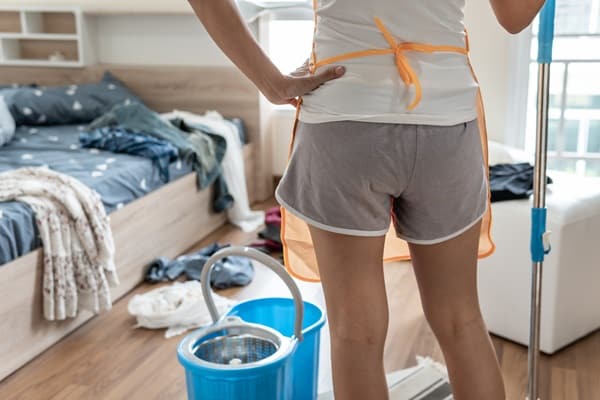
Slips, trips, and falls in the home are common yet preventable hazards. These incidents often occur due to overlooked factors such as loose carpets, cluttered floors, or wet surfaces. In homes with elderly residents or young children, the risk is even higher, making it crucial to address these hazards. Ensuring good lighting in all areas of the home, securing rugs, and maintaining clutter-free walkways are simple yet effective steps to minimize the risk.
Another key aspect of preventing falls is to consider the bathroom and kitchen, areas where water makes surfaces slippery. Non-slip mats in these areas are essential. For homes with older adults, additional modifications like grab bars in the shower and proper railings on stairs can provide extra safety. Regular maintenance to check for potential hazards, such as loose floorboards or tiles, also contributes significantly to a safer home environment.
Fire Hazards And Prevention
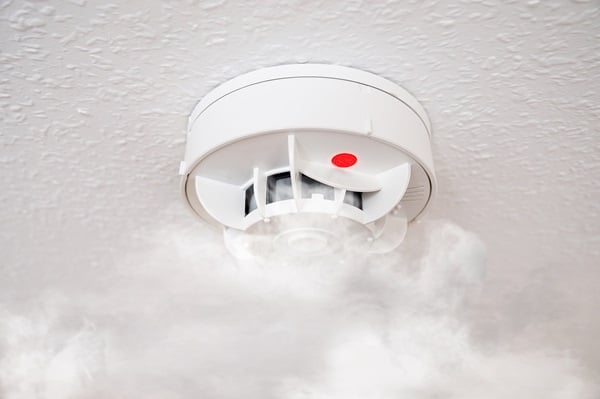
Fire hazards in the home can arise from everyday activities and appliances. The most common sources include cooking equipment, heating appliances, and electrical systems. Neglecting basic safety measures like leaving cooking unattended or improper use of heaters can quickly escalate into dangerous situations. Regular maintenance of appliances and awareness of potential fire starters are critical in fire prevention.
To enhance fire safety, every home should have functioning smoke alarms and a well-planned escape route. Smoke alarms should be tested regularly, and batteries should be replaced as needed. Families should practice fire drills and ensure everyone knows the escape plan. Additionally, keeping a fire extinguisher accessible and knowing how to use it can make a significant difference in the event of a small fire.
Technology And Radiation

In the modern home, technology is ubiquitous, raising concerns about exposure to electromagnetic radiation. Devices like cell phones, Wi-Fi routers, and microwaves emit low-level radiation, which has been a topic of research regarding potential health effects. While the consensus in the scientific community is that the levels emitted by these devices are generally safe, understanding and minimizing exposure is still advisable.
Practical measures to reduce exposure include using wired connections instead of Wi-Fi when possible, keeping mobile devices away from the body, and not using cell phones for prolonged periods. Limiting the use of devices in bedrooms and turning off Wi-Fi at night can also help reduce overall exposure. Additionally, there are radiation-blocking products available on the market, although their effectiveness is still up for debate.
Unsecured Heavy Furniture And Appliances

The risk posed by unsecured heavy furniture and appliances is another frequently overlooked hazard in many homes. Items like bookshelves, dressers, televisions, and large appliances can pose a serious threat, especially in homes with children. Accidental tipping of these items can lead to injuries or even fatalities. Ensuring that all heavy furniture is securely anchored to walls is a vital safety measure.
In addition to securing furniture, it’s important to place heavy items on lower shelves and avoid placing tempting items, such as toys or remote controls, on top of furniture that might entice children to climb. Regular checks to ensure that anchors and straps remain secure and effective are also crucial. Educating all household members about the potential dangers and proper use of furniture and appliances further enhances safety in the home.
Transform Your Home Into A Haven Of Safety
In safeguarding your home against hidden hazards, knowledge, and proactive measures are key. This journey involves continuous awareness, regular maintenance, and adopting safer practices to ensure your living space remains a sanctuary of safety and comfort. Empower yourself by implementing the strategies discussed, and make your home a safer place for you and your loved ones. Remember, a small effort in prevention can make a significant difference in maintaining a secure and healthy environment.
